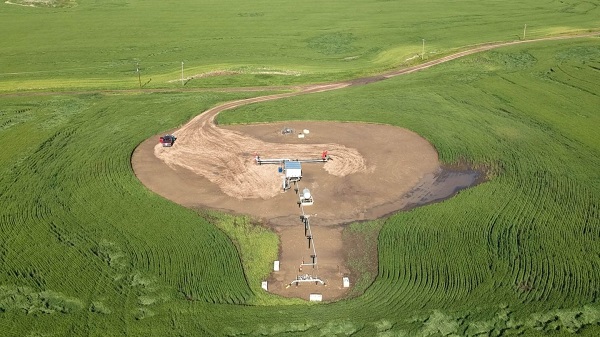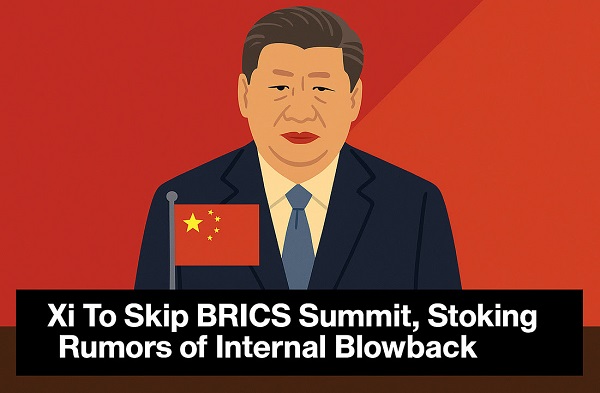Uncategorized
Grim search for more fire victims, 31 dead across California

PARADISE, Calif. — The death toll from the wildfire that incinerated Paradise and surrounding areas climbed to 29 — matching the mark for the deadliest single blaze in California history — as crews continued searching for bodies in the
Statewide the number of dead stood at 31, including two victims in Southern California, from wildfires raging at both ends of the state.
Ten search teams were working in Paradise — a town of 27,000 that was engulfed by flames Thursday — and in surrounding communities in Northern California’s Sierra Nevada foothills. Authorities called in a DNA lab and anthropologists to help identify what in some cases were only bones or bone fragments.
All told, more 8,000 firefighters battled wildfires that scorched at least 400 square miles (1,040 square
“This is truly a tragedy that all Californians can understand and respond to,” Gov. Jerry Brown said Sunday. “It’s a time to pull together and work through these tragedies.”
California is requesting emergency aid from the Trump administration. President Donald Trump has blamed what he called poor forest management for the fires.
The governor said that the federal and state governments must do more forest management but that climate change is the greater source of the problem.
“And those who deny that are definitely contributing to the tragedies that we’re now witnessing and will continue to witness in the coming years,” Brown said.
Drought and warmer weather attributed to climate change, and the building of homes deeper into forests have led to longer and more destructive wildfire seasons in California. While California officially emerged from a five-year drought last year, much of the northern two-thirds of the state is abnormally dry.
In Southern California , firefighters beat back a new round of winds Sunday and the fire’s spread was believed to have been largely stopped, though extremely low humidity and gusty Santa Ana winds were in the forecast through at least Tuesday.
Some of the thousands of people forced from their homes were allowed to return, and authorities reopened U.S. 101, a major freeway through the fire zone in Los Angeles and Ventura counties.
Malibu celebrities and mobile-home dwellers in nearby mountains were slowly learning whether their homes had been spared or reduced to ash. Two people were killed in Malibu, and the fire destroyed at least 370 or so structures, authorities said.
The fire grew to more than 143 square miles (370 square
Celebrities whose coastal homes were damaged or destroyed or who were forced to flee expressed sympathy for the less famous and offered their gratitude to firefighters. Actor Gerard Butler said on Instagram that his Malibu home was “half-gone,” adding he was “inspired as ever by the courage, spirit and sacrifice of firefighters.”
In Northern California, where more than 6,700 buildings have been destroyed in the blaze that obliterated Paradise, firefighters contended with wind gusts up to 40 mph (64 kph) overnight, the fire jumping 300 feet across Lake Oroville.
The state fire agency said Monday that the fire had grown to 177 square miles (303 square
The magnitude of the devastation was beginning to set in even as the blaze raged on. Public safety officials toured the Paradise area to begin discussing the recovery. Much of what makes the city function was gone.
“Paradise was literally wiped off the map,” said Tim Aboudara, a fireighters union representative. He said at least 36 firefighters lost their own homes, most in the Paradise area.
Others continued the desperate search for friends or relatives, calling evacuation
Sol Bechtold drove from shelter to shelter looking for his mother, Joanne Caddy, a 75-year-old widow whose house burned down along with the rest of her
As he drove through the smoke and haze to yet another shelter, he said, “I’m also under a dark emotional cloud. Your mother’s somewhere and you don’t know where she’s at. You don’t know if she’s safe.”
The 29 dead in Northern California matched the deadliest single fire on record, a 1933 blaze in Griffith Park in Los Angeles. A series of wildfires in Northern California’s wine country last fall killed 44 people and destroyed more than 5,000 homes.
___
Contributing to this report were Associated Press writers Janie Har and Daisy Nguyen in San Francisco; Paul Elias and Martha Mendoza in Chico, California; and Andrew Selsky in Salem, Oregon.
Gillian Flaccus And Don Thompson, The Associated Press
Uncategorized
Kananaskis G7 meeting the right setting for U.S. and Canada to reassert energy ties
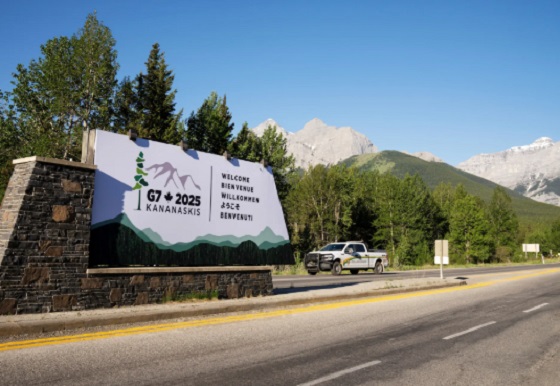

Energy security, resilience and affordability have long been protected by a continentally integrated energy sector.
The G7 summit in Kananaskis, Alberta, offers a key platform to reassert how North American energy cooperation has made the U.S. and Canada stronger, according to a joint statement from The Heritage Foundation, the foremost American conservative think tank, and MEI, a pan-Canadian research and educational policy organization.
“Energy cooperation between Canada, Mexico and the United States is vital for the Western World’s energy security,” says Diana Furchtgott-Roth, director of the Center for Energy, Climate and Environment and the Herbert and Joyce Morgan Fellow at the Heritage Foundation, and one of America’s most prominent energy experts. “Both President Trump and Prime Minister Carney share energy as a key priority for their respective administrations.
She added, “The G7 should embrace energy abundance by cooperating and committing to a rapid expansion of energy infrastructure. Members should commit to streamlined permitting, including a one-stop shop permitting and environmental review process, to unleash the capital investment necessary to make energy abundance a reality.”
North America’s energy industry is continentally integrated, benefitting from a blend of U.S. light crude oil and Mexican and Canadian heavy crude oil that keeps the continent’s refineries running smoothly.
Each day, Canada exports 2.8 million barrels of oil to the United States.
These get refined into gasoline, diesel and other higher value-added products that furnish the U.S. market with reliable and affordable energy, as well as exported to other countries, including some 780,000 barrels per day of finished products that get exported to Canada and 1.08 million barrels per day to Mexico.
A similar situation occurs with natural gas, where Canada ships 8.7 billion cubic feet of natural gas per day to the United States through a continental network of pipelines.
This gets consumed by U.S. households, as well as transformed into liquefied natural gas products, of which the United States exports 11.5 billion cubic feet per day, mostly from ports in Louisiana, Texas and Maryland.
“The abundance and complementarity of Canada and the United States’ energy resources have made both nations more prosperous and more secure in their supply,” says Daniel Dufort, president and CEO of the MEI. “Both countries stand to reduce dependence on Chinese and Russian energy by expanding their pipeline networks – the United States to the East and Canada to the West – to supply their European and Asian allies in an increasingly turbulent world.”
Under this scenario, Europe would buy more high-value light oil from the U.S., whose domestic needs would be back-stopped by lower-priced heavy oil imports from Canada, whereas Asia would consume more LNG from Canada, diminishing China and Russia’s economic and strategic leverage over it.
* * *
The MEI is an independent public policy think tank with offices in Montreal, Ottawa, and Calgary. Through its publications, media appearances, and advisory services to policymakers, the MEI stimulates public policy debate and reforms based on sound economics and entrepreneurship.
As the nation’s largest, most broadly supported conservative research and educational institution, The Heritage Foundation has been leading the American conservative movement since our founding in 1973. The Heritage Foundation reaches more than 10 million members, advocates, and concerned Americans every day with information on critical issues facing America.
Uncategorized
Poilievre on 2025 Election Interference – Carney sill hasn’t fired Liberal MP in Chinese election interference scandal

From Conservative Party Communications
“Yes. He must be disqualified. I find it incredible that Mark Carney would allow someone to run for his party that called for a Canadian citizen to be handed over to a foreign government on a bounty, a foreign government that would almost certainly execute that Canadian citizen.
“Think about that for a second. We have a Liberal MP saying that a Canadian citizen should be handed over to a foreign dictatorship to get a bounty so that that citizen could be murdered. And Mark Carney says he should stay on as a candidate. What does that say about whether Mark Carney would protect Canadians?
“Mark Carney is deeply conflicted. Just in November, he went to Beijing and secured a quarter-billion-dollar loan for his company from a state-owned Chinese bank. He’s deeply compromised, and he will never stand up for Canada against any foreign regime. It is another reason why Mr. Carney must show us all his assets, all the money he owes, all the money that his companies owe to foreign hostile regimes. And this story might not be entirely the story of the bounty, and a Liberal MP calling for a Canadian to be handed over for execution to a foreign government might not be something that the everyday Canadian can relate to because it’s so outrageous. But I ask you this, if Mark Carney would allow his Liberal MP to make a comment like this, when would he ever protect Canada or Canadians against foreign hostility?
“He has never put Canada first, and that’s why we cannot have a fourth Liberal term. After the Lost Liberal Decade, our country is a playground for foreign interference. Our economy is weaker than ever before. Our people more divided. We need a change to put Canada first with a new government that will stand up for the security and economy of our citizens and take back control of our destiny. Let’s bring it home.”
-
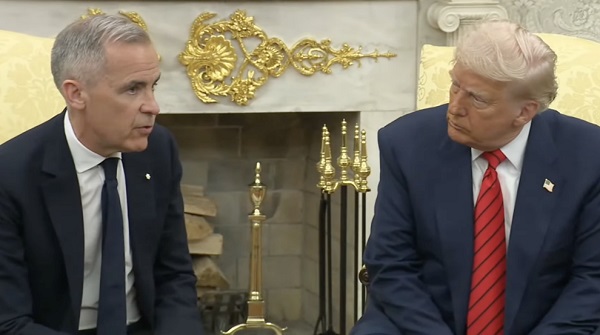
 Business2 days ago
Business2 days agoCanada Caves: Carney ditches digital services tax after criticism from Trump
-

 Alberta1 day ago
Alberta1 day agoAlberta judge sides with LGBT activists, allows ‘gender transitions’ for kids to continue
-

 Crime20 hours ago
Crime20 hours agoNational Health Care Fraud Takedown Results in 324 Defendants Charged in Connection with Over $14.6 Billion in Alleged Fraud
-
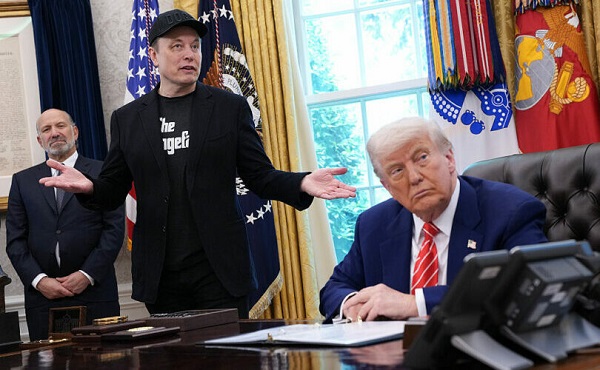
 Business8 hours ago
Business8 hours agoElon Musk slams Trump’s ‘Big Beautiful Bill,’ calls for new political party
-

 Censorship Industrial Complex8 hours ago
Censorship Industrial Complex8 hours agoGlobal media alliance colluded with foreign nations to crush free speech in America: House report
-
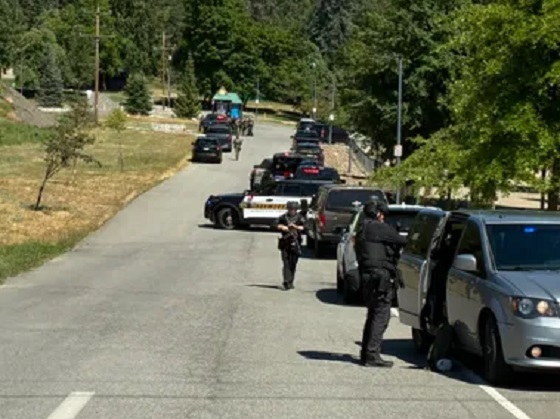
 Crime2 days ago
Crime2 days agoSuspected ambush leaves two firefighters dead in Idaho
-

 Business2 days ago
Business2 days agoMassive government child-care plan wreaking havoc across Ontario
-
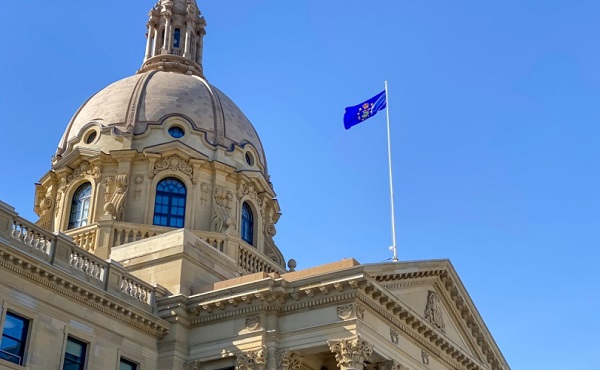
 Alberta1 day ago
Alberta1 day agoAlberta Independence Seekers Take First Step: Citizen Initiative Application Approved, Notice of Initiative Petition Issued
